Market Analysis
In-depth Analysis of Polymer Foam Market Industry Landscape
The polymer foam market is influenced by various dynamic factors that shape its growth and development. Market dynamics refer to the forces and factors that impact the market's behavior, including supply and demand, pricing, competition, technological advancements, and regulatory policies. In the case of the polymer foam market, these dynamics play a crucial role in determining the industry's trajectory.
Rising focus on the generation and use of renewable energy for reducing the global carbon footprint is the opportunity to boost the market growth. The technological advancements in polymer foam may create an opportunity to boost the market growth.
One of the key drivers of the polymer foam market is the growing demand from end-use industries such as construction, automotive, packaging, and furniture. Polymer foams offer lightweight, durable, and insulating properties, making them suitable for a wide range of applications across these sectors. As these industries continue to expand, the demand for polymer foams is expected to rise, driving market growth.
Additionally, technological advancements in polymer foam manufacturing processes have led to the development of innovative products with enhanced performance characteristics. Manufacturers are investing in research and development to create foam materials that offer superior strength, thermal insulation, and fire resistance. These advancements not only increase the versatility of polymer foams but also open up new opportunities in emerging markets.
However, the polymer foam market is also subject to certain challenges and constraints. Fluctuations in raw material prices, particularly petrochemical-based feedstocks, can impact production costs and profit margins for foam manufacturers. Additionally, environmental concerns regarding the use of certain foam materials, such as polystyrene, have led to regulatory pressure and increased demand for eco-friendly alternatives.
Moreover, the polymer foam market is highly competitive, with numerous players vying for market share. Large multinational corporations, as well as small and medium-sized enterprises, compete based on factors such as product quality, price, and innovation. This competitive landscape drives companies to continually invest in research and development to stay ahead of the curve and maintain their market position.
Another significant factor influencing the polymer foam market is shifting consumer preferences and buying behavior. Increasing awareness of sustainability issues has led to a growing demand for eco-friendly and recyclable foam products. As a result, manufacturers are increasingly focusing on developing bio-based and recyclable foam materials to meet consumer expectations and regulatory requirements.
Furthermore, geopolitical factors and macroeconomic trends can also impact the polymer foam market. Trade tensions, currency fluctuations, and economic downturns in key regions can disrupt supply chains and affect market demand. Additionally, government policies and regulations, such as energy efficiency standards and waste management initiatives, can shape market dynamics by incentivizing or mandating the use of certain foam materials or production processes.

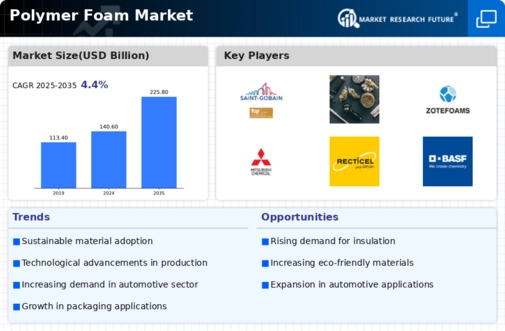


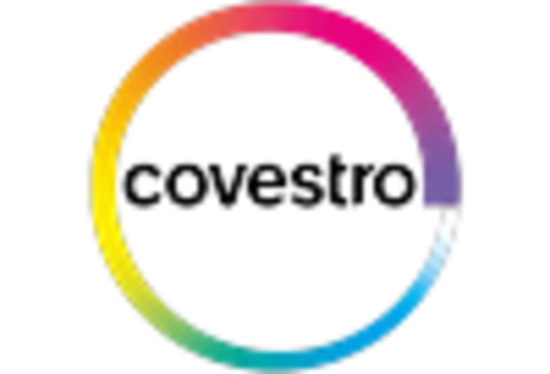
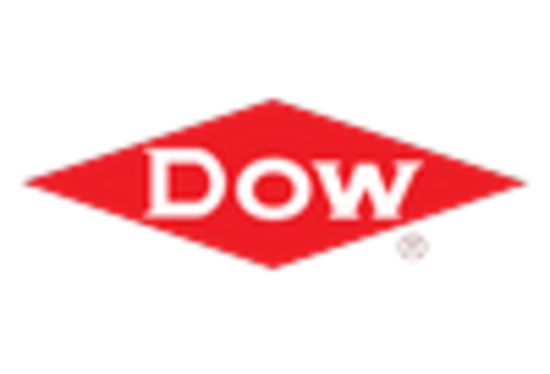
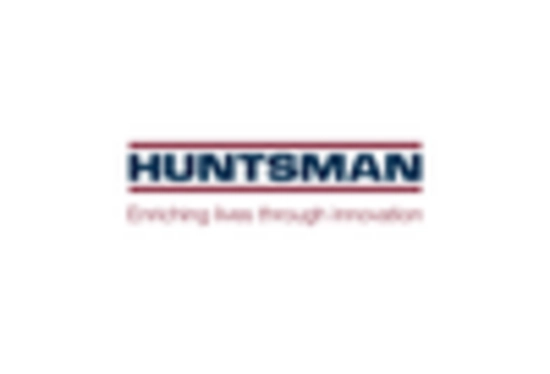
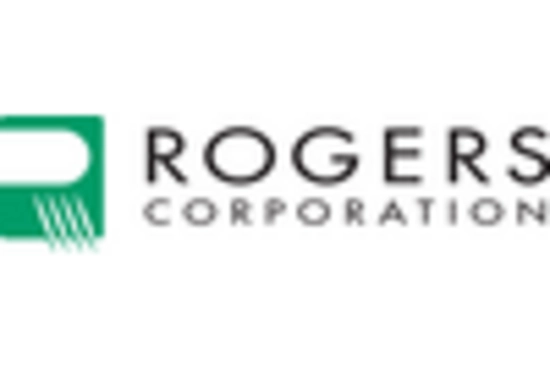









Leave a Comment